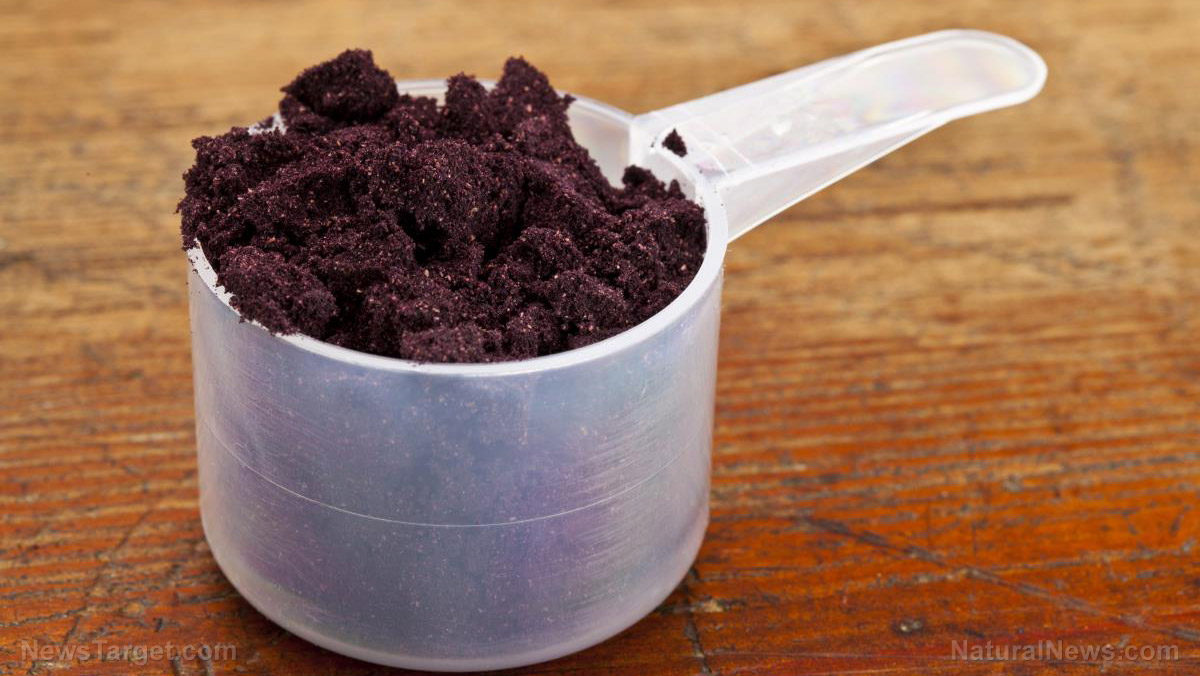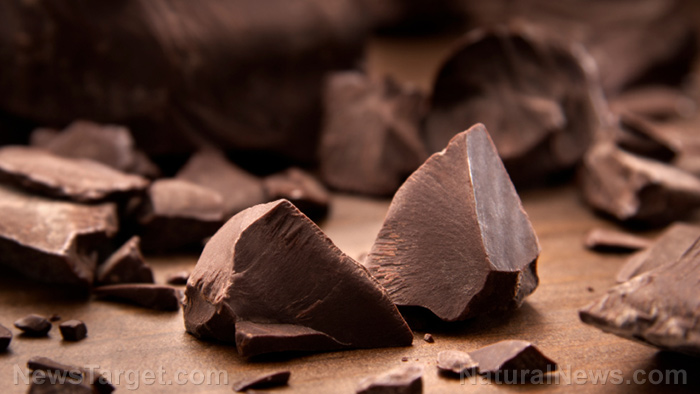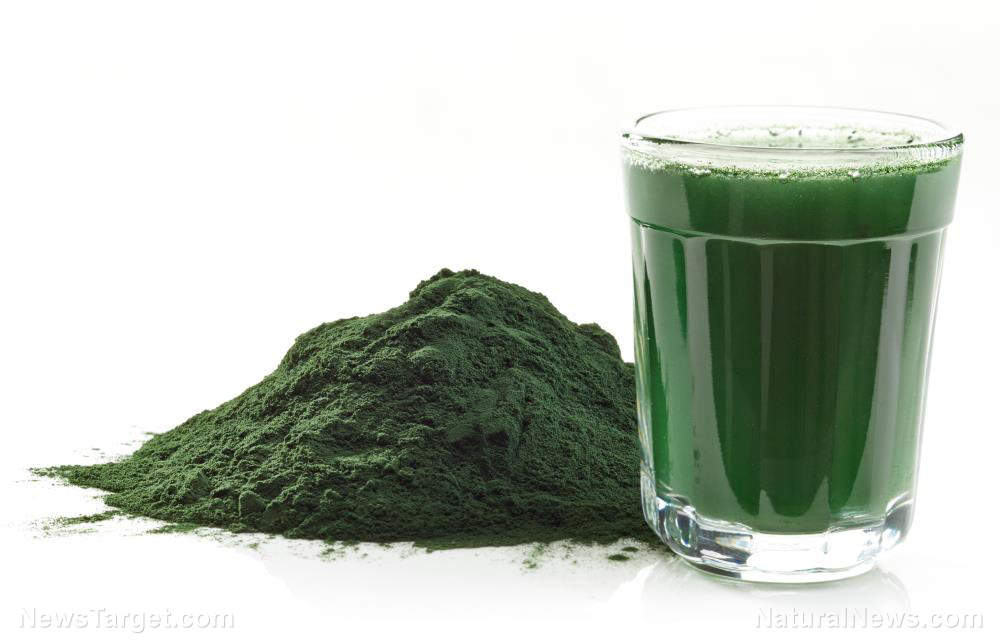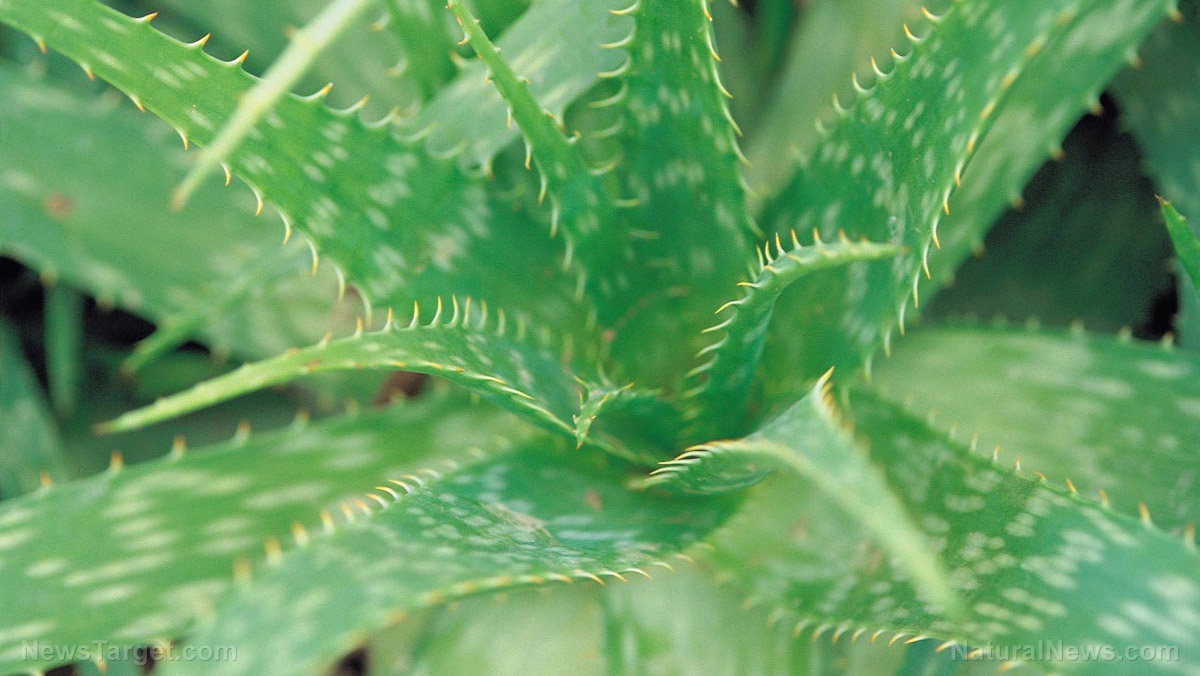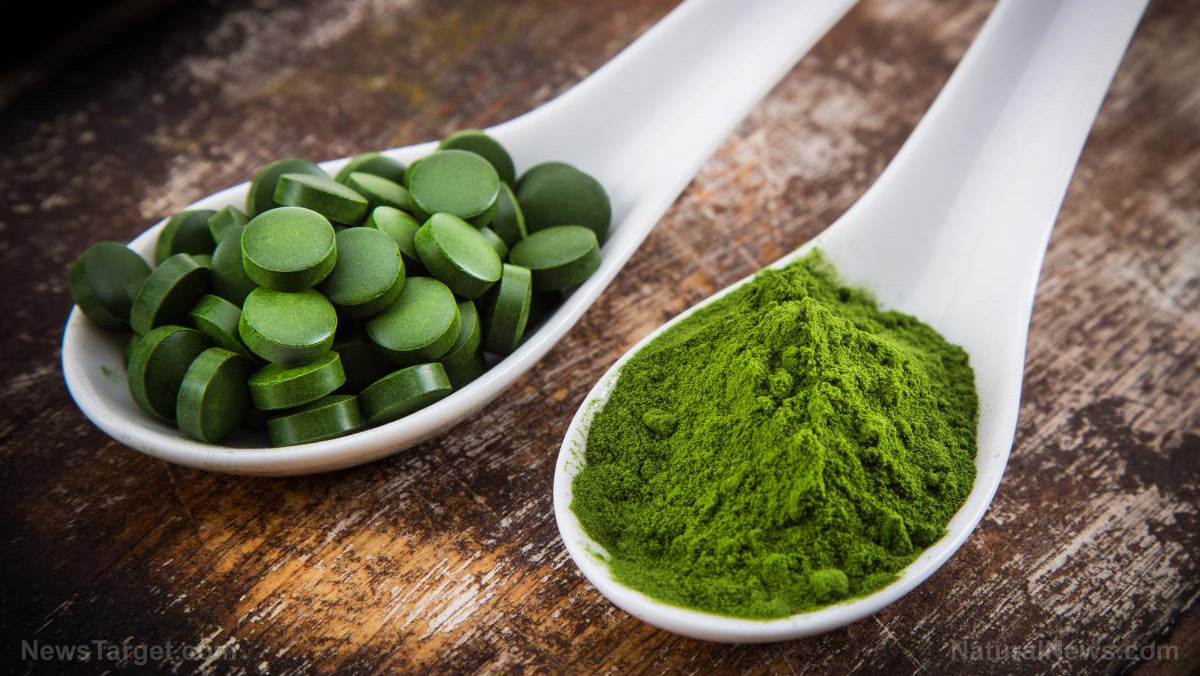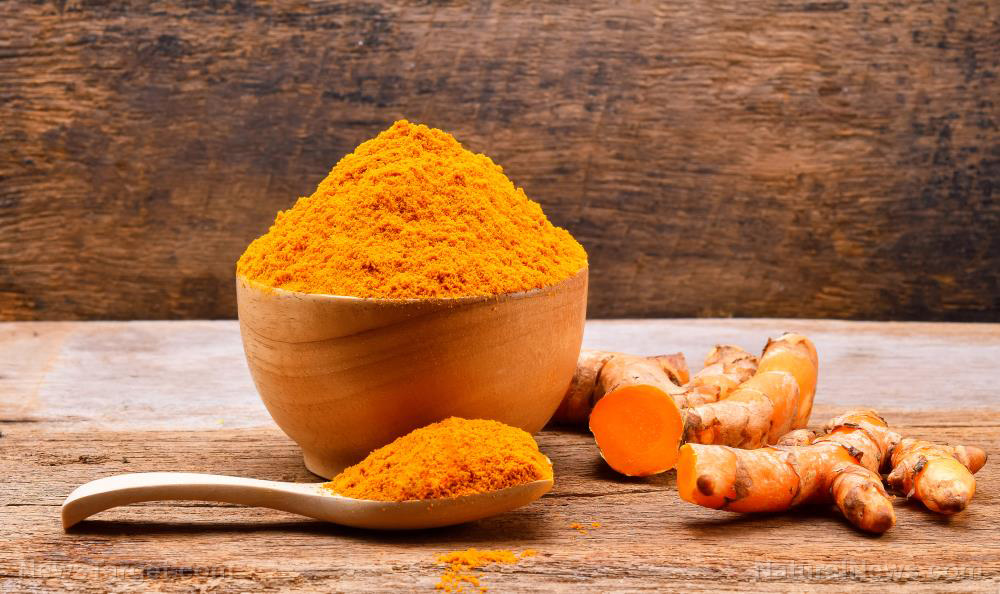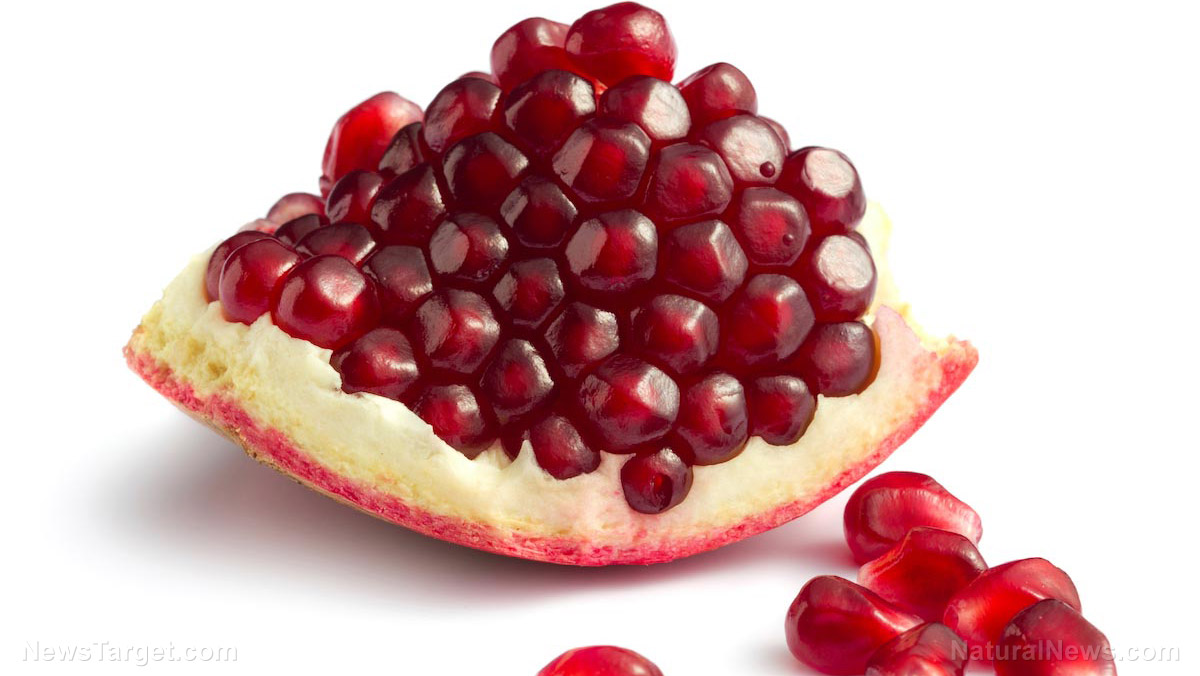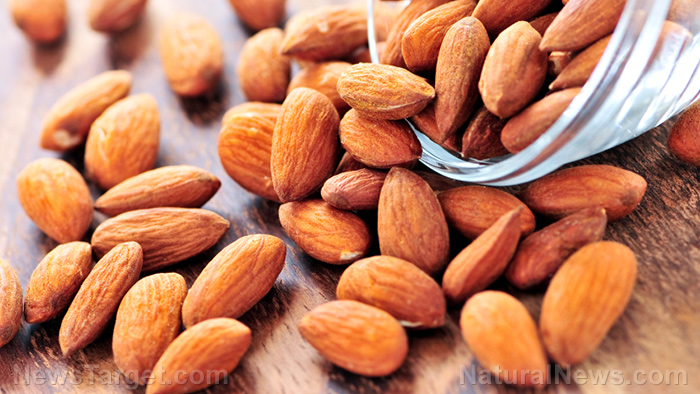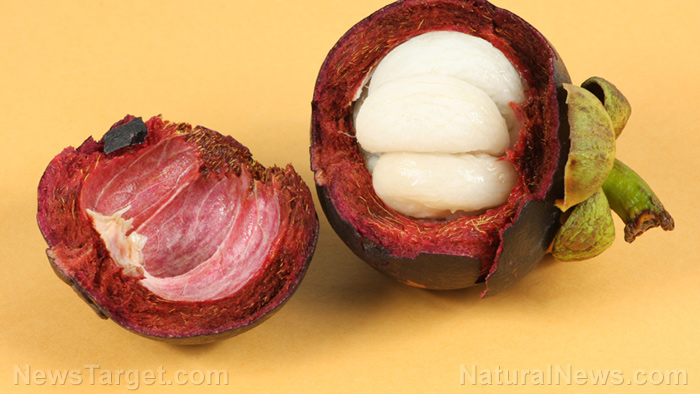Eating pasta made from oat powder is a delicious way to increase fiber intake
11/17/2018 / By Ralph Flores
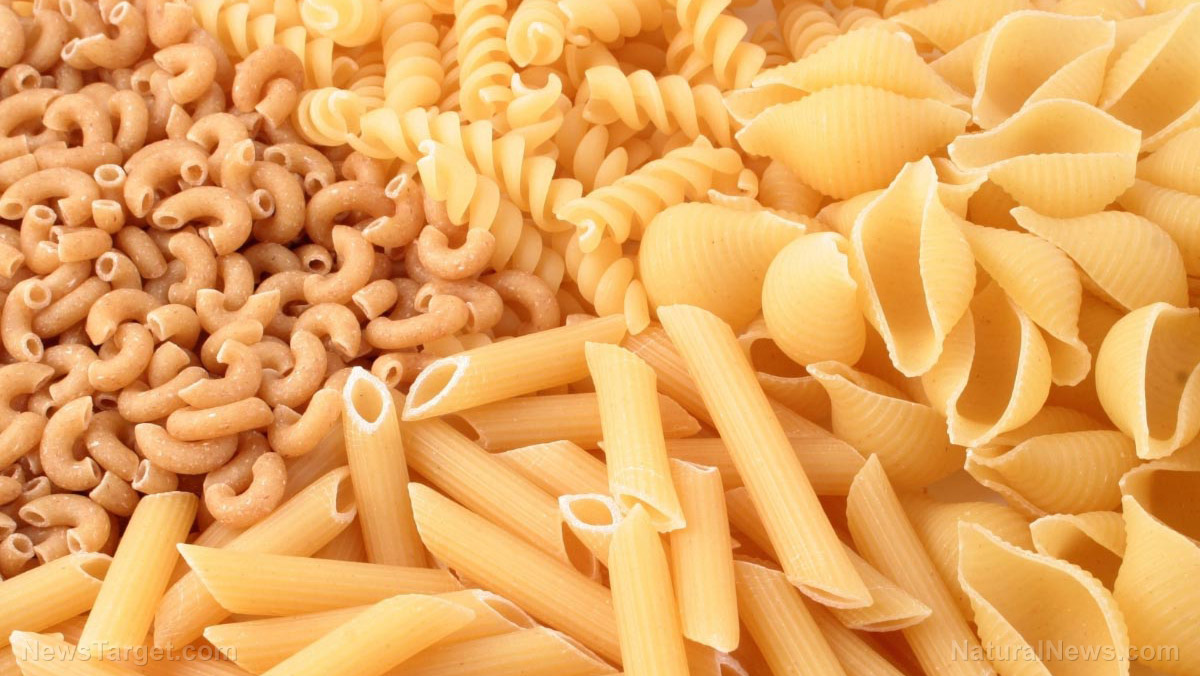
Pasta has earned a bad rap for being high in carbs and ruining many a diet. New research, however, suggests that oat powder could make this often maligned food source a little healthier.
Fortifying pasta with high-fiber oat powder and drying it using a vacuum oven can improve its dietary fiber and cooking quality, researchers from the Warsaw University of Life Sciences revealed in a study in CyTA – Journal of Food.
“Oat fiber fortification can increase dietary fiber intake, while optimal particle size and the drying method selected can have beneficial effects on the physical properties of pasta,” they wrote in their report. “The use of additives rich in dietary fiber to enrich pasta can result in [an] increased dietary intake, while the use of innovative technologies including micronization and vacuum-drying can improve the overall quality of enriched pasta.”
In the study, the researchers looked at how changes in the size and amount of oat powder would affect the pasta’s nutritional value. In addition, they also tested which drying methods would improve the pasta’s cooking quality. To make the pasta, they incorporated oat powder into semolina flour. The team made pasta samples using different ratios and sizes of oat powder. The samples were then dried using a reduced-pressure vacuum or conventional methods.
The samples underwent further testing to determine its dietary fiber content. The researchers also evaluated the texture and color of the pasta, as well as its quality after being cooked. Among all the samples, they picked the vacuum-dried pasta made from 100 g/kg of fine oat powder as the ideal fortified pasta. The pasta cooked well, researchers noted, and was the firmest and the lightest of the samples. It also had a dietary fiber content of 80.7 g/kg.
For comparison, the Dietary Guidelines for Americans suggests a daily fiber intake of around 34 g for men and 28 g for women. This makes a single serving of oat-fortified pasta a good source of fiber. How it’s dried is also important: Using a vacuum to dry pasta resulted in better water absorption and lower cooking losses compared to air-dried samples.
The researchers concluded that fortifying pasta with fine oat powder can improve its dietary fiber. Drying them using a vacuum oven, on the other hand, benefits its overall quality.
Oats in pasta isn’t a new idea after all
Pasta has changed a lot from its humble roots in Italian cuisine. These days, it’s widely consumed around the world. In the U.S. alone, a person eats an average of 9 kg of pasta annually, making it one of the largest markets for pasta.
That said, a lot of pasta products on shelves are made from refined flour, which is linked to severe health issues such as depression. People with celiac disease also avoid pasta because the gluten in it can trigger an immune reaction.
Fortunately, people are now looking for healthier and more natural alternatives to pasta. This has resulted in pasta made from ingredients such as whole wheat, oats, quinoa, and spelt, among others. It’s a promising, and recent, approach to healthier pasta — until you find out that pasta was already made from these ingredients for centuries.
Italians have used grains like oats, buckwheat, and whole wheat for their pasta for a long time. If you’re looking to make your own pasta from oats or other grains aside from wheat, most flours are available in supermarkets.
For more ways to make pasta healthier and more nutritious, follow Food.news.
Sources include:
Tagged Under:


